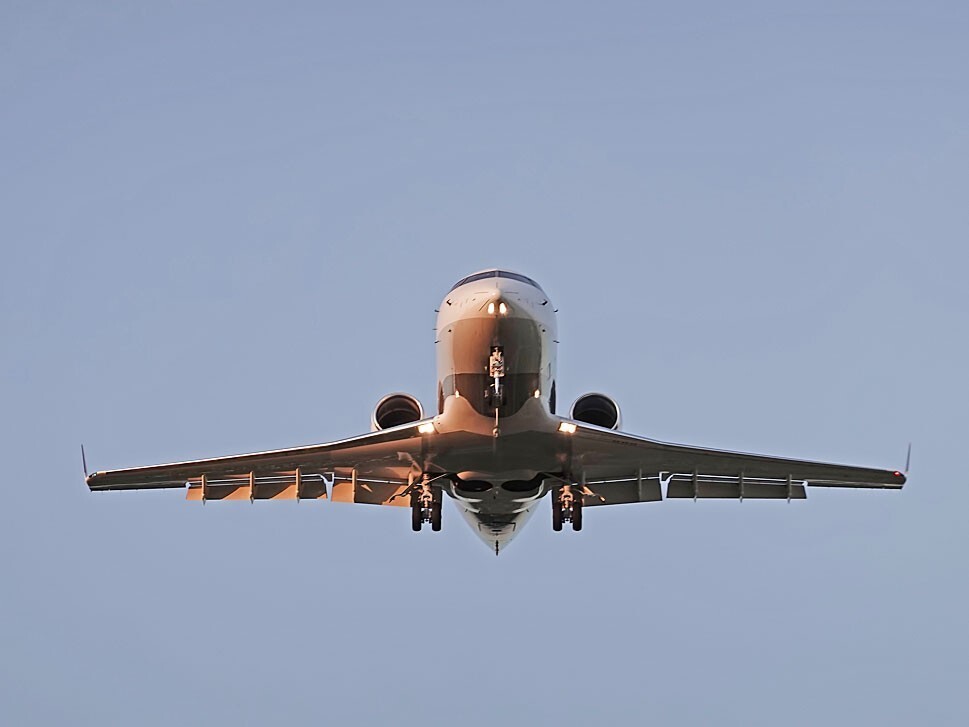- 25 Aug 2022
- René Armas Maes
- Finance - BizAv
How Flexible is Aircraft Financing Today?
With low pre-owned business aircraft inventory levels, lengthy queues for new airplane deliveries, and talk of a recession and rising interest rates, how flexible is business aircraft financing today? Gerrard Cowan asks the experts...
Back to Articles
Interest rates are rising and the global economy faces the prospect of the highest inflation for decades. Against this backdrop, business jet operators may seek increased flexibility in their aircraft finance solutions. But where can they expect financiers to show flexibility, and how should they navigate this challenging environment?
There is no one lender that is everything to everyone, says aviation analyst Brian Foley. “Instead, each serves a particular niche which better matches different borrowers’ needs.”
For example, there are non-recourse lenders, those that can structure for the maximum tax benefit, or those that need relatively low capital outlay. Others might specialize in certain categories of aircraft, such as pistons or jets.
“At a time of rising interest rates, leasing may become more popular,” Foley adds. This has proved true for Global Jet Capital, according to the company’s Chief Marketing Officer, Andrew Farrant.
According to Farrant, the operating lease means customers can finance up to 100 percent of the aircraft, compared to 80 percent in a traditional loan – it allows them to avoid making a significant down-payment for a depreciating asset that does not generate revenue.
“For many Business Aviation users, rents under an operating lease are an efficient, long-term, tax-deductible expense,” he says. “An operating lease provides substantial funding on a depreciating asset that’s separate from other primary bank facilities, and secured only by the aircraft.”
New Degree of Flexibility
In recent years, new aircraft build times have increased, and OEMs have required significant progress payments over fairly long periods, meaning customers have required a new degree of flexibility.
“We understand how progress payment contracts work and can provide coverage for these payments and transition into a term loan, finance lease or operating lease when the aircraft is delivered,” Farrant says.
Every buyer is different, though. Typically, Global Jet Capital starts by trying to understand how long borrowers intend to own the asset, how much capital they’re willing to part with at the front-end, and how they view the residual value equation in five to 10 years.
“Once these issues are fully understood, we can offer clients straight financing in the form of a loan or finance lease, or an operating lease,” Farrant says.
No Free Lunch...
The key aspect to understand in tailoring finance options is that “there’s always a trade-off – no free lunch,” according to Adam Meredith, President of AOPA Finance. For example, owners seeking a lower monthly payment will likely need to make a larger down-payment.
“More and more we are seeing requests from borrowers that have very complicated financials, prefer not to provide all of the financial documents needed, or have cash flows that are inconsistent (i.e. retirees, project-based businesses, periodic asset sale businesses, etc.),” Meredith shares.
“These situations require working with a finance provider that is flexible and can create a structure which is mutually agreeable.”
Bryan Byers, Vice President of Scope Aviation Finance, suggests operators should focus on a lender who has expertise in the sector of the market they’re looking to finance, asking questions focused on the lender’s average deal size, the make and models they focus on, and the number of aircraft they finance.
“Borrowers are hesitant to provide information,” he notes. “I would suggest an open discussion with your lender. Find out what sort of information the lender needs in order to move quickly through the pre-approval process.”
Seeking Trade-Offs
Jim Blessing, President of the National Aircraft Finance Association (NAFA), noted that owners often seek a trade-off between the upfront cost and their monthly and annual operating costs, including debt payments.
“An owner should evaluate if they are seeking to minimize monthly payments or their initial equity into the purchase – but always consider the exit strategy, too,” Blessing says.
There’s been a significant increase in first-time buyers in the industry, who require guidance from experienced teams. “In addition, as we see significant changes in asset value retention and interest rates return closer to historical norms, there is an education process with respect to historical finance industry trends and structures,” he adds.
Keith Hayes, Senior Vice President and National Sales Manager at PNC Aviation Finance, notes that individual clients’ financial priorities can differ vastly, meaning aspects should be tailored to suit.
PNC recommends that aircraft owners have in- depth discussions with advisors on whether to use an accredited aviation broker, as well as discussing the lender’s parameters for the aircraft (such as the make and model, age, material condition, and use), and if there are any preferences for financial disclosure, reporting and recourse for the transaction.
Warning: Avoid Overleveraging
Meredith says the best advice is not to become overleveraged, and to avoid obscure or low- demand/out-of-favour aircraft. This has been a period of incredibly strong demand combined with minimal inventory, he warns, which is placing significant upward pressure on pricing. At some point, this will correct itself.
“When it does, you don’t want to find yourself overleveraged and upside-down owing more than the airplane is worth,” Meredith says. “Also, when the pendulum swings the other way, inevitably those aircraft that are ‘second-‘ or ‘third-tier’, in terms of demand, will likely be hurt the most.
“Therefore, older, ‘unloved’, and storied aircraft will be hit the hardest,” he highlights.
It is critical to see the whole picture, Meredith says. In particular, if you own a business or businesses, you must be prepared to show two to three years of financials for all of the entities.
How Much Flexibility is There?
Typically, all financiers will want to be in a first senior secured position for a loan, or hold sole title to the aircraft, as in a finance or operating lease, according to Farrant. They will not want any conflicting lien on the aircraft.
And you can expect a firm monthly or quarterly payment schedule, inspections of the aircraft, and robust insurance requirements, among other demands.
“Anyone looking to finance an aircraft should talk to two to three sources to understand their options, as well as each institution’s requirements, which can be different,” Farrant adds. “Prospective borrowers should make sure to include at least a couple of specialized financiers that can work with their specific situation.”
“Be prepared by gathering key financial information up front,” Byers adds. “Respond quickly to the underwriters’ questions. Supply supporting details as needed. Work together to find solutions that make sense for both parties.”
Read more BizAv Finance articles on AvBuyer.
More information from:
AOPA Finance: https://finance.aopa.org
Global Jet Capital: www.globaljetcapital.com
National Aircraft Finance Association: www.nafa.aero
PNC Aviation Finance: www.pnc.com
Scope Aviation Finance: www.scopeair.com
Related Articles
- 17 Aug 2022
- Gerrard Cowan
- Finance - BizAv
- 07 Mar 2022
- Chris Kjelgaard
- Finance - BizAv


